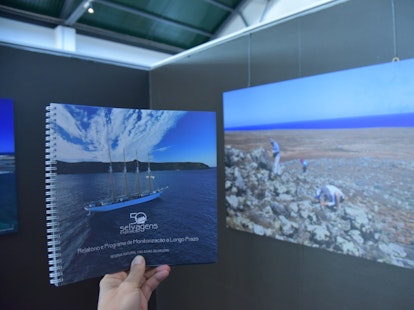Climate change is happening
Beyond doing everything we can to cut emissions and slow global warming, we must adapt to the consequences of climate change, so we can protect ourselves and our communities. The effects of climate change vary, depending on where people live, but include fires and floods, droughts, extreme temperatures and rising sea levels.
What can be done?
There are numerous ways to adapt to climate change and what the future holds. Businesses can start to think about and plan around possible climate risks, such as extremely hot days that prevent workers from working outside.
Given the scale of climate change and its impacts, adaptation must take place on a grander scale. Economies and society as a whole must become more resilient. This requires large-scale efforts, much of which will be government-led.
Some examples: Roads and bridges may need to be built or adapted to withstand extreme temperatures and more powerful storms. Coastal cities and other places may need to establish flood-prevention systems. Mountainous regions may have to devise ways to limit landslides and overflow from melting glaciers. Some communities may even need to relocate because it will be too difficult to adapt. This is already happening in some island countries facing rising seas.
Spending now to save lives and costs
These changes will be expensive, but we already know lots of ways to adapt, and we are learning more every day. Investing in adaptation makes more sense than waiting and trying to catch up later, as many countries learned during the pandemic. Protecting people and businesses now will save more lives and reduce risks moving forward. It also makes financial sense to act now, as the longer we wait, the more costs will escalate.
The UN estimates that a global USD 1.8 trillion investment in early warning systems, climate-resilient infrastructure, improved agriculture, global mangrove protection along coastlines and resilient water resources could generate USD 7.1 trillion through avoided costs and social and environmental benefits.
Universal access to early warning systems could deliver benefits up to 10 times the initial cost. Furthermore, if more farms install solar-powered irrigation and use new crop varieties, weather alert systems and other adaptive measures, the world could avoid a drop in global agricultural yields of up to 30 percent by 2050.
SGS solutions
We have a comprehensive certification and training portfolio that can support your adaptation journey.
Our sustainable infrastructures services, which include a range of building and sustainable transportation solutions, can enable safer, more sustainable and environmentally friendly infrastructure, transportation and operations.
Our climate change mitigation suite, which includes PAS 2060 (carbon neutrality) and product carbon footprint, can help you to demonstrate your commitment to minimizing climate change.
ISO 50001 offers a framework for organizations to establish, implement, maintain and improve energy efficiency.
For more information, see our Sustainability Solutions.
For inquiries, please contact:
Jason Hulbert
Associate Marketing Manager
Knowledge
m: +44 7912 426878
About SGS
We are SGS – the world’s leading testing, inspection and certification company. We are recognized as the global benchmark for quality and integrity. Our 96,000 employees operate a network of 2,700 offices and laboratories, working together to enable a better, safer and more interconnected world.



